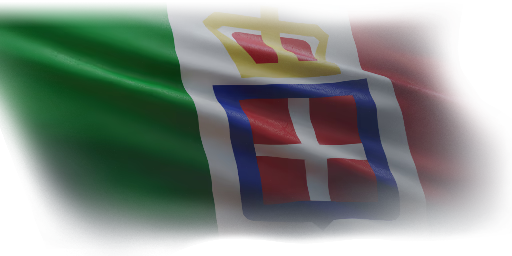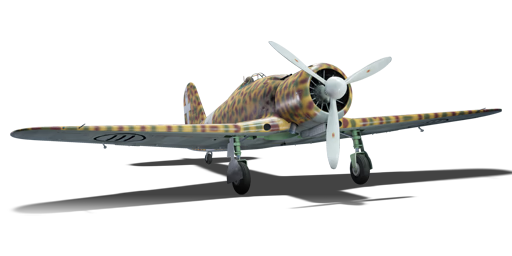

Aviation
▀G.50 AS serie 7
I
Rank
AB
2.0
RB
1.7
SB
2.0
Battle rating
Germany
Game nation
Fighter
Main role

Kingdom of Italy
Operator country
General information
The G.50 AS serie 7 (Germany) is a gift German fighter. It has been in the game since the start of the Open Beta Test prior to Update 1.27 in the German aviation tree. In Update 1.69 "Regia Aeronautica", the G.50, as well as the other Italian planes in the German tech tree, were moved to the new Italian tree, although it still exists in the German tree for those who unlocked it prior to Update 1.69.
The Fiat G.50 is the oldest of the Series 0 planes, its fellow stablemates are the M.C 200 and Re 2000, both built around the same 860 HP radial engine and having the same armament.
Camouflages:
Flight performance
Max speed
at 5,000 m
470434492449 km/h
Rate of Climb
10.37.314.27.3 m/s
Turn time
1516.714.116 s
Max altitude
8,200 m
Takeoff Run
317 m
Combat
flaps
flaps
Take-off
flaps
flaps
Landing
flaps
flaps
Air
brake
brake
General characteristics
Crew
1 person
Gross weight
2.5 t
Engine
Fiat A74
Length
8 m
Wingspan
11 m
Limits:
Max Speed Limit (IAS)
870 km/h
Mach Number Limit
1
Flap Speed Limit (IAS)
260 km/h
Gear Speed Limit (IAS)
300 km/h
Offensive armament
2 × 12.7 mm Breda-SAFAT machine gun
Ammunition
600 rounds
Fire rate
700 shots/min
| Belt | Belt filling | Armor penetration (mm) at a distance: | |||||
|---|---|---|---|---|---|---|---|
| 10 m | 100 m | 500 m | 1000 m | 1500 m | 2000 m | ||
| T/Ball/Ball/I/AP | 21 | 19 | 12 | 7 | 4 | 2 | |
| AP/AP-I/HEF/API-T/I | 21 | 19 | 12 | 7 | 4 | 3 | |
| API-T/AP-I/HEF | 21 | 19 | 12 | 7 | 4 | 3 | |
| API-T | 21 | 19 | 12 | 7 | 4 | 3 | |
| AP-I/AP-I/HEF/HEF | 20 | 18 | 11 | 6 | 4 | 2 | |
Suspended armament
Setup 1
2 × 50 kg GP 50 bomb
Economy
Repair cost
Basic → Reference
AB
157 → 211 

RB
314 → 422 

SB
418 → 562 

Crew training
600 

Experts
2,100 

Aces
45 

Research Aces
110,000 

Reward multiplier
AB / RB / SB
10 / 30 / 60 % 

100 % 

Total cost of modifications
4,440 

2,670 

Talisman cost
300 

Research order:
Flight performance | |
|---|---|
Survivability |
|---|
Weaponry | |
|---|---|
Rating by players
You must play more than 3 battles for the last week and more than 10 battles in a vehicle to rate it.
Like:
1
Flight performance:
Not enough ratings
Survivability:
Not enough ratings
Aerial combat:
Not enough ratings
Ground attack:
Not enough ratings
Balance:
Not enough ratings
Articles
No articles about this vehicle yet
Become the first author and get rewards!
Write a guide, tell about interesting historical facts, make a tutorial or simply an interesting post.
No more content